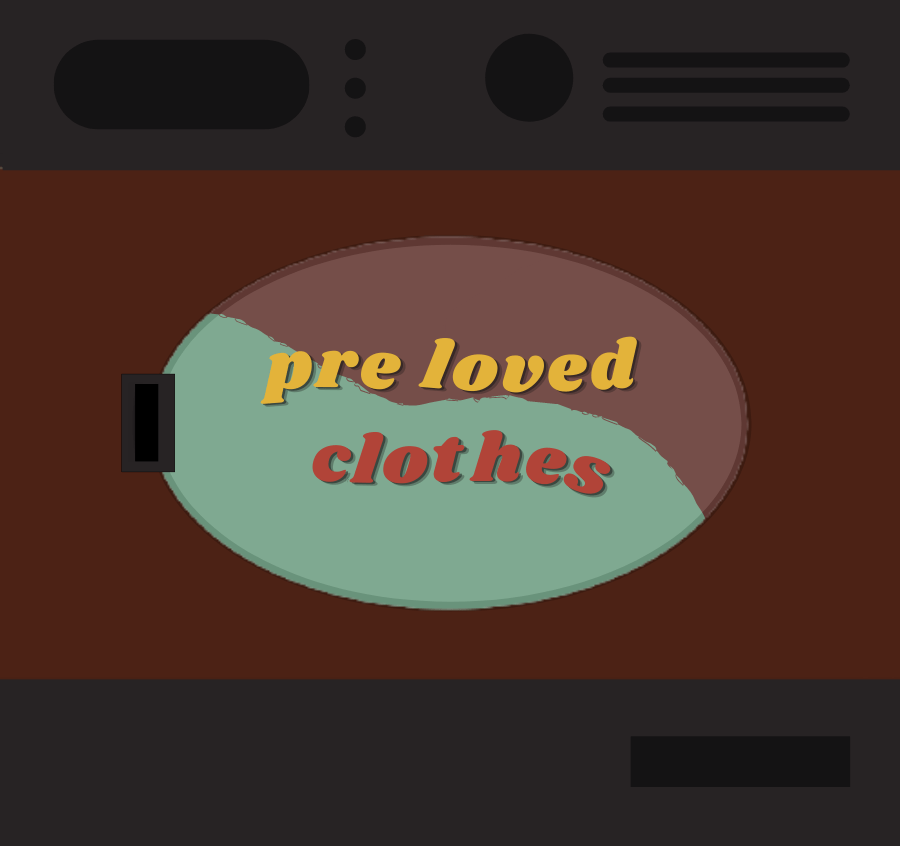How pre-loved clothing makes a difference

Clothing is a form of self-expression and shopping is one of our ways to pamper and de-stress. We stroll and scroll until we get our eyes on something that matches our taste. That being said, we also find ways to pinch pennies by looking for pre-loved clothing shops.
From denim to leather, you can find unique and rare pieces that you won’t probably find elsewhere. To be cheap yet still fashionable is the main score of this kind of market, but aside from that, there are benefits that you might have overlooked.
Creates an impact to environmental footprints
Let’s get it straight, over and above your pockets, you can save the Earth. As cliché as it may sound, however, it’s a responsibility that we are still struggling to exert great effort to.
Each year, Chile’s Atacama Desert has been the dumping ground of over 39,0000 tons of discarded clothing — being the garment dump of “fast fashion.” The term refers to the “design, manufacturing, and marketing method” of producing high volumes of clothing rapidly.

Globally, the fashion industry produces over 92 million tons of textile waste annually. As for the local scale, a 2017 survey shows that 29% of Filipino adults have thrown away their clothes after wearing them once.
This proves why it is among the largest polluters in the world. Other than its textile waste, the impacts of carbon, land, and water footprints are something to be concerned about.
Friends of the Earth reported that it takes 3,900 liters of water and 4.2 meters squared land to make a cotton shirt. From cotton production to garment production. While the United Nations Environment Programme (UNEP) said that this process emits 33.4 kilograms of carbon.
What does it takes to make these clothes?
The fashion and apparel supply chain generate millions of employment for people all over the world. However, among them are workers vulnerable to exploitation and child labor brought by broader societal aspects: poverty and capitalism.

In an article published by The Guardian, an estimate of 170 million children reported being engaged in labor globally. While the United Nations Children’s Fund (UNICEF) assessed that more than 100 million among them are affected in the garment and footwear industry.
So, how does pre-loved clothing makes a difference?
The thriving market of pre-loved clothing brings something to the table. The use of secondhand items reduces the need to manufacture new ones. Preventing unwanted clothes out of the landfill and bringing the light to labor issues. Which are the underlying gains that don’t take place overnight.
There are ways to increase environmental awareness and reduce the footprint of your daily habits, and you don’t have to look far, as your daily plastic journey starts a few moments after waking up.
— Commercial Waste | Annija Erdmane
Consumers play a significant role in stitching their way to sustainable and responsible shopping. From the best style, you are looking for to where you should get it from. However, keep in mind that along with the best thrift shopping experience is your health and safety. So, don’t forget to disinfect and get them into the laundry!
Sheldeen is a writer who loves to watch series and to play with her dogs in her free time — ways to pause and take a break.






